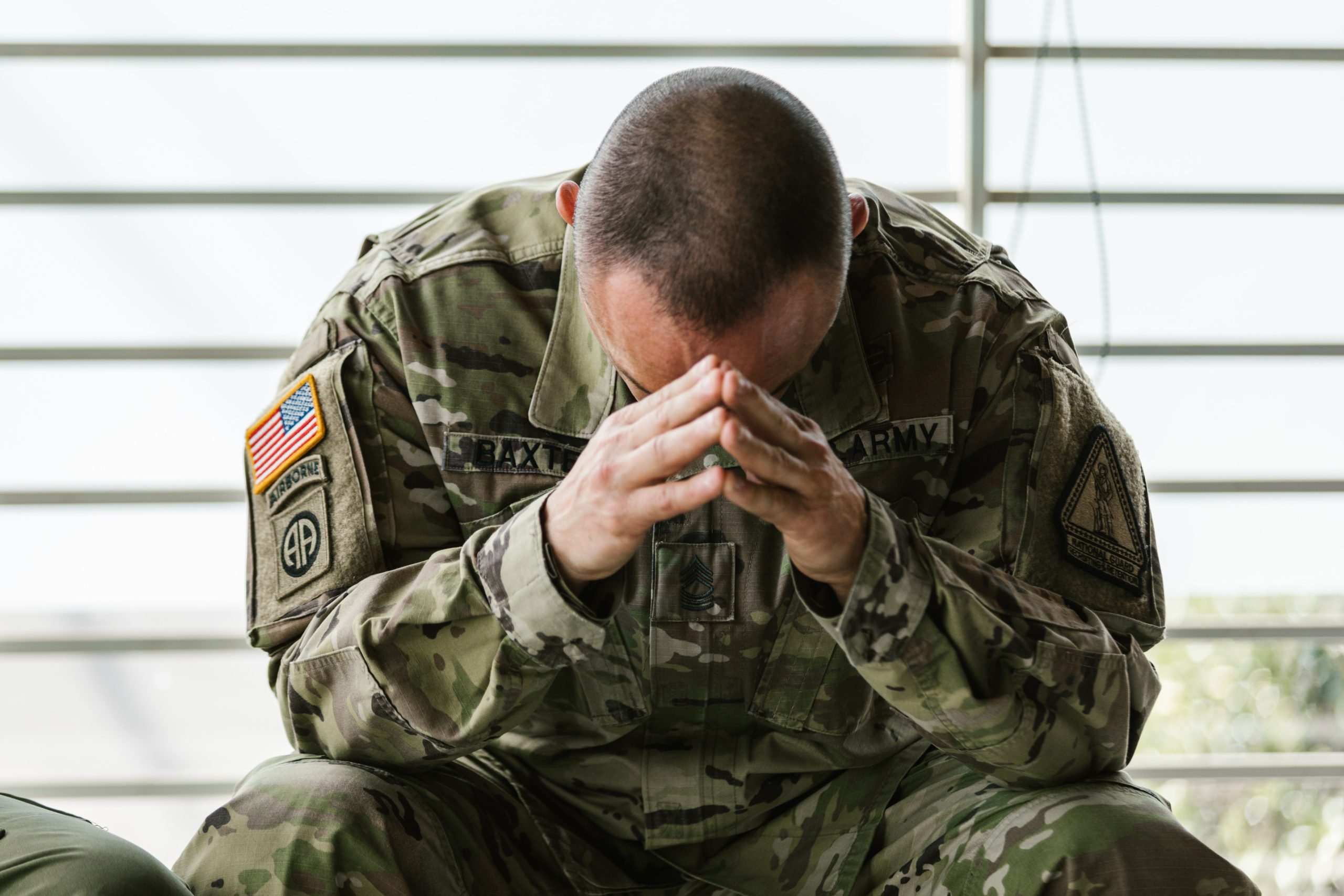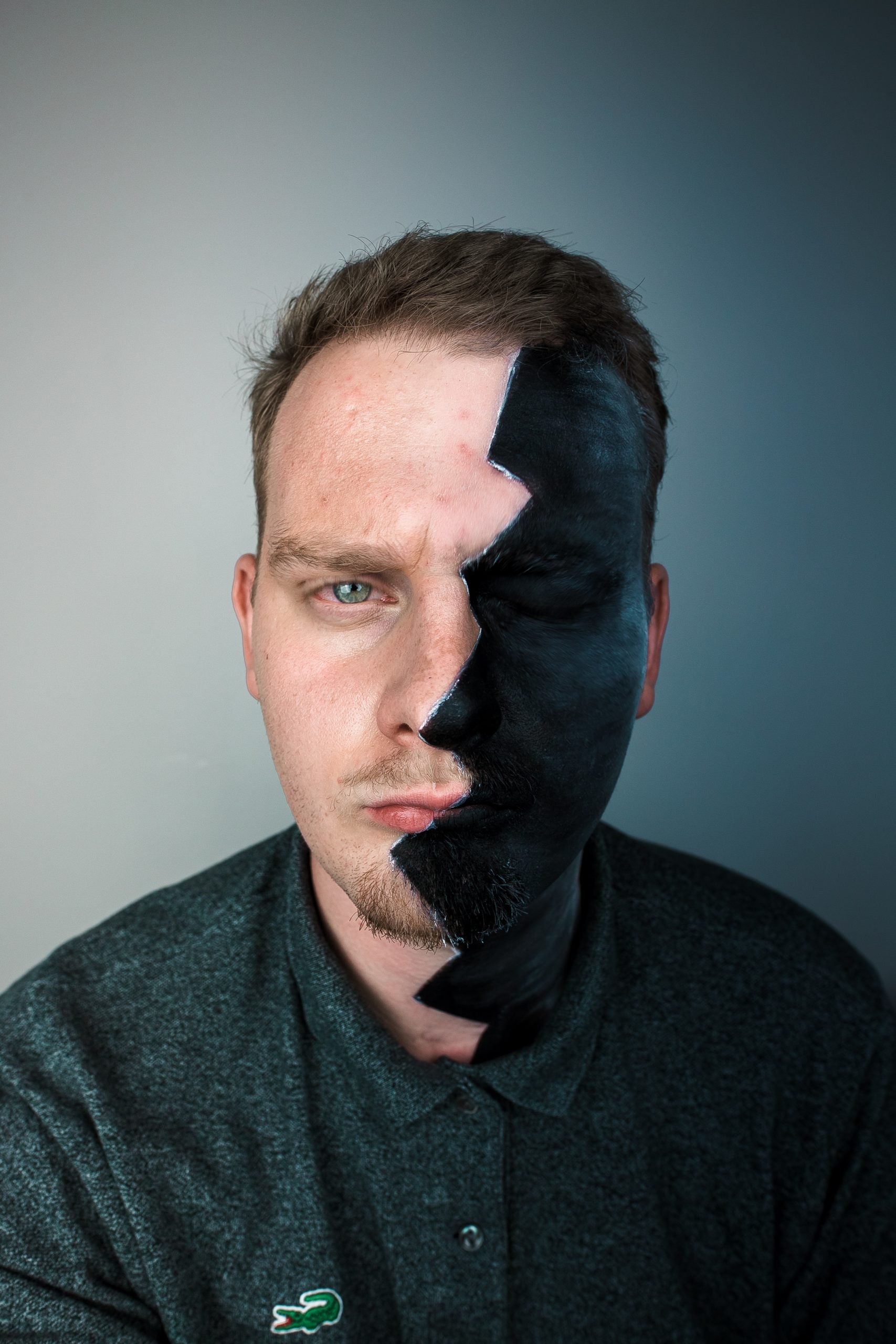What is PTSD?
According to the United States Department of Veterans Affairs, PTSD, or posttraumatic stress disorder, is a mental health problem that some people develop after experiencing or witnessing a life-threatening event, like combat, a natural disaster, a car accident, or sexual assault. It’s normal to have upsetting memories, feel on edge, or have trouble sleeping after this type of event.
Anyone can develop PTSD at any age. Some factors can increase the chance that someone will have PTSD, many of which are not under that person’s control. For example, having a very intense or long-lasting traumatic event or getting injured during the event can make it more likely that a person will develop PTSD. PTSD is also more common after certain types of trauma, like combat and sexual assault.
Personal factors—like previous traumatic exposure, age, and gender—can affect whether or not a person will develop PTSD. What happens after the traumatic event is also important. Stress can make PTSD more likely, while social support can make it less likely.
Veterans experience PTSD at higher rates than the general population at a rate of 10-30% (depending on service era) vs. 7-8% for the general population. Women are more likely than men to experience PTSD with a rate of around 10% vs. 4%. In any given year, around 8 million Americans suffer from PTSD.
What does PTSD look like?
PTSD symptoms usually start soon after the traumatic event, but they may not appear until months or years later. They also may come and go over many years. If the symptoms last longer than four weeks, cause you great distress, or interfere with your work or home life, you might have PTSD.
There are 4 types of PTSD symptoms, but they may not be exactly the same for everyone. Each person experiences symptoms in their own way.
- Reliving the event (also called re-experiencing symptoms). Memories of the traumatic event can come back at any time. They can feel very real and scary. For example: You may have nightmares. You may feel like you are going through the event again. This is called a flashback. You may see, hear, or smell something that causes you to relive the event. This is called a trigger. News reports, seeing an accident, or hearing fireworks are examples of triggers.
- Avoiding things that remind you of the event. You may try to avoid situations or people that remind you of the trauma event. You may even avoid talking or thinking about the event. For example: You may avoid crowds, because they feel dangerous. You may avoid driving if you were in a car accident or if your military convoy was bombed. If you were in an earthquake, you may avoid watching movies about earthquakes. You may keep very busy or avoid getting help so you don’t have to think or talk about the event.
- Having more negative thoughts and feelings than before the event. The way you think about yourself and others may become more negative because of the trauma. For example: You may feel numb—unable to have positive or loving feelings toward other people—and lose interest in things you used to enjoy. You may forget about parts of the traumatic event or not be able to talk about them. You may think the world is completely dangerous, and no one can be trusted. You may feel guilt or shame about the event, wishing you had done more to keep it from happening.
- Feeling on edge or keyed up (also called hyperarousal). You may be jittery, or always alert and on the lookout for danger. You might suddenly become angry or irritable. For example: You may have a hard time sleeping. You may find it hard to concentrate. You may be startled by a loud noise or surprise. You might act in unhealthy ways, like smoking, abusing drugs or alcohol, or driving aggressively.
How can it be treated?
Trauma-Focused Psychotherapy
Trauma-focused psychotherapies are the most highly recommended treatment for PTSD. “Trauma-focused” means, that the treatment focuses on the memory of the traumatic event or its meaning. The 3 most effective types of trauma-focused psychotherapy are:
- Cognitive Processing Therapy (CPT) where you learn skills to understand how trauma changed your thoughts and feelings. Changing how you think about the trauma can change how you feel.
- Prolonged Exposure (PE) where you talk about your trauma repeatedly until memories are no longer upsetting. This will help you get more control over your thoughts and feelings about the trauma. You also go to places or do things that are safe, but that you have been staying away from because they remind you of the trauma.
- Eye Movement Desensitization and Reprocessing (EMDR), which involves focusing on sounds or hand movements while you talk about the trauma. This helps your brain work through the traumatic memories.
Medications for PTSD
Certain medications can be effective for treating PTSD symptoms. Some specific SSRIs (selective serotonin reuptake inhibitors) and SNRIs (serotonin-norepinephrine reuptake inhibitors), which are used for depression, also work for PTSD. These include sertraline, paroxetine, fluoxetine, and venlafaxine.
How can I help?
If you are experiencing symptoms of PTSD, please reach out, you have options:
Call 911
Go to the nearest Emergency Room
Contact the National Suicide Prevention Lifeline: 1-800-273-8255
En Español: 1-888-628-9454
Or the Veterans Crisis Line:
1-800-273-8255, press 1
Send a text to 838255
For this information and more, please visit www.ptsd.va.gov
Our charity, a Christian non-profit devoted to helping the most vulnerable of our society, actively focuses on helping those who suffer from PTSD, particularly veterans. To find out more and donate, please go to www.advocates4mh.org for more information. We can also be contacted by mail at:
Advocates for Mental Health · PO Box 4992, Shreveport, LA 71134
and by phone at: (318) 525-2676
The King will reply, ‘Truly I tell you, whatever you did for one of the least of these brothers and sisters of mine, you did for me.’ – Matthew 25:40




